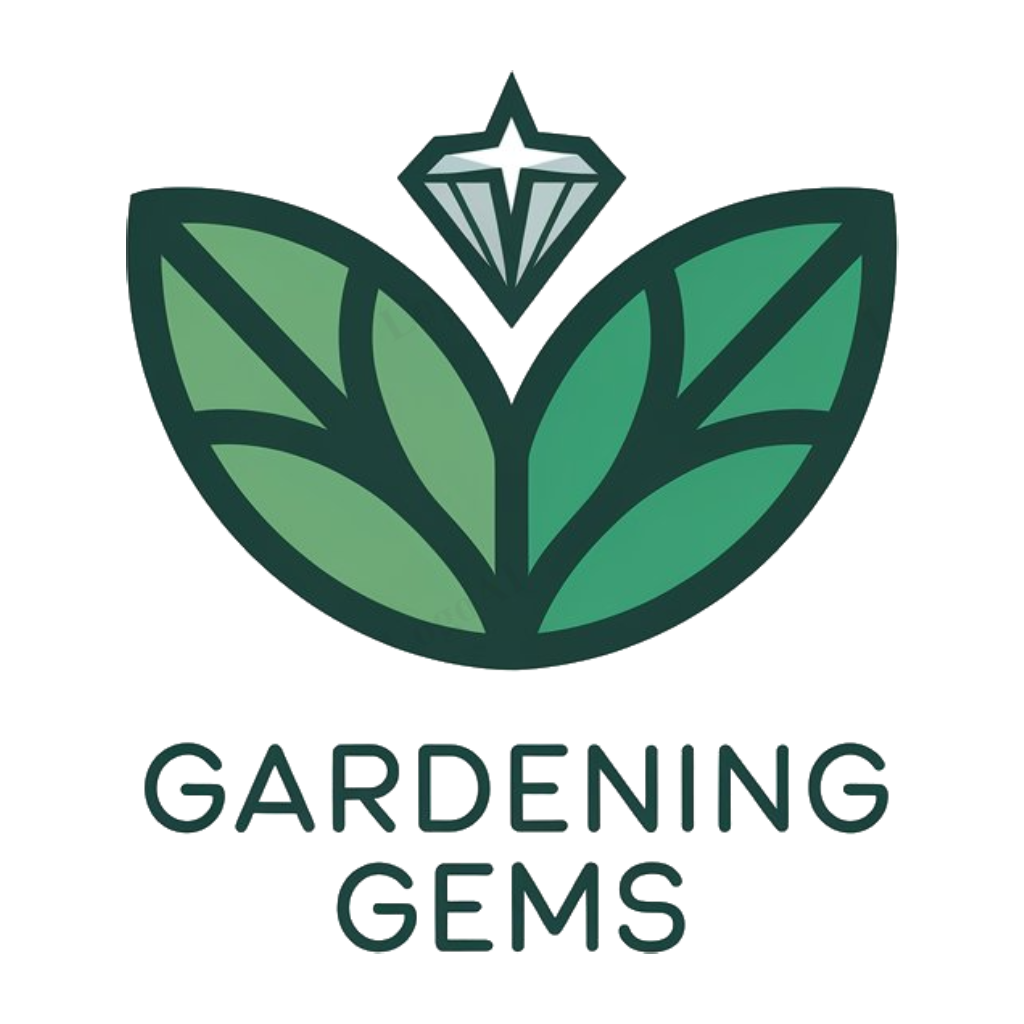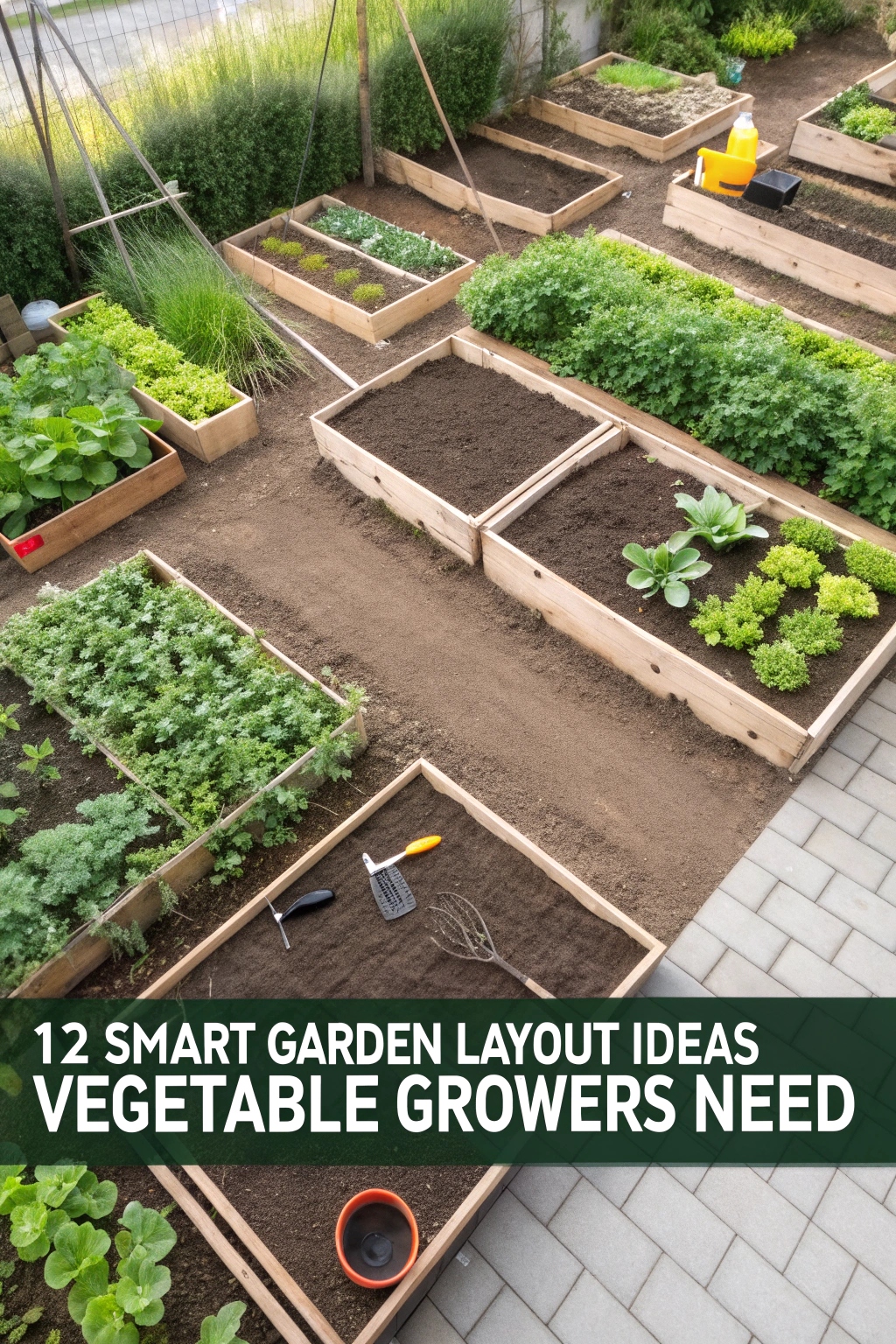To have a great garden, you need to think about how to use the space wisely. You can try square foot gardening and vertical gardening, which help reduce waste and promote healthy growth. These methods are very useful for maximizing yields.
You can also try companion planting and crop rotation to make your garden thrive. These techniques help plants grow strong and healthy, and prevent pests and diseases. By exploring these ideas, you can create a beautiful and productive garden that will make you happy.
Square Foot Gardening Layout
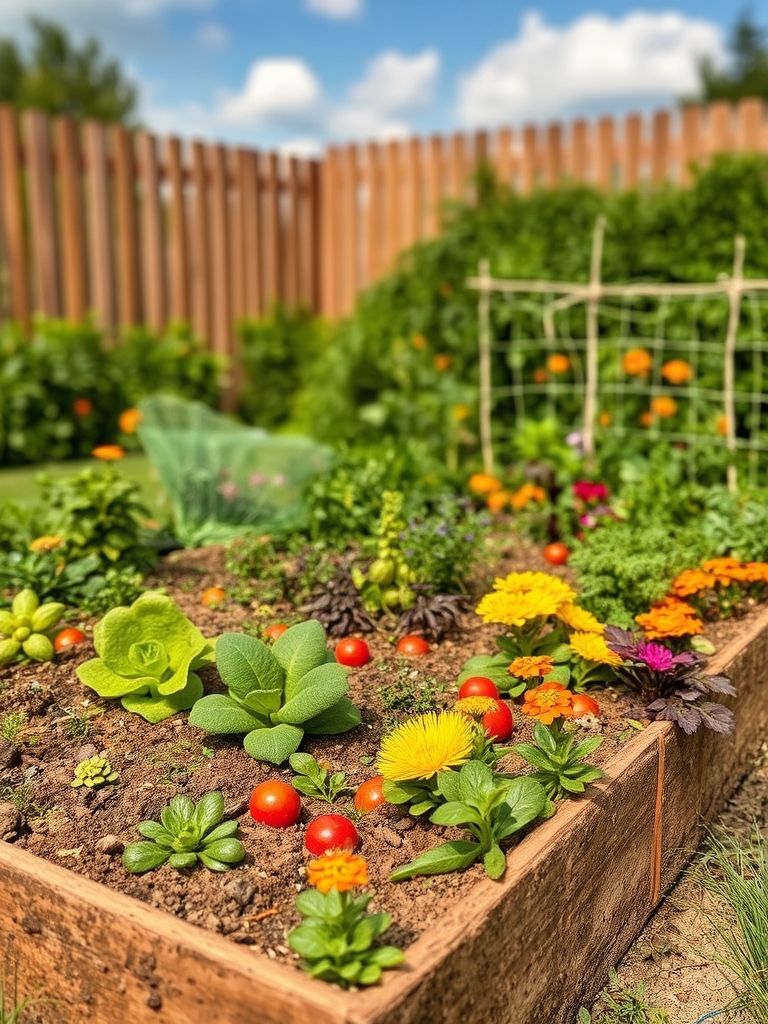
Square foot gardening layout involves dividing a garden bed into small, evenly spaced sections, typically 1 foot by 1 foot. This method maximizes space and reduces waste, allowing for a diverse range of plants to be grown in a compact area, making it ideal for small gardens or beginners.
Raised Bed Garden Design
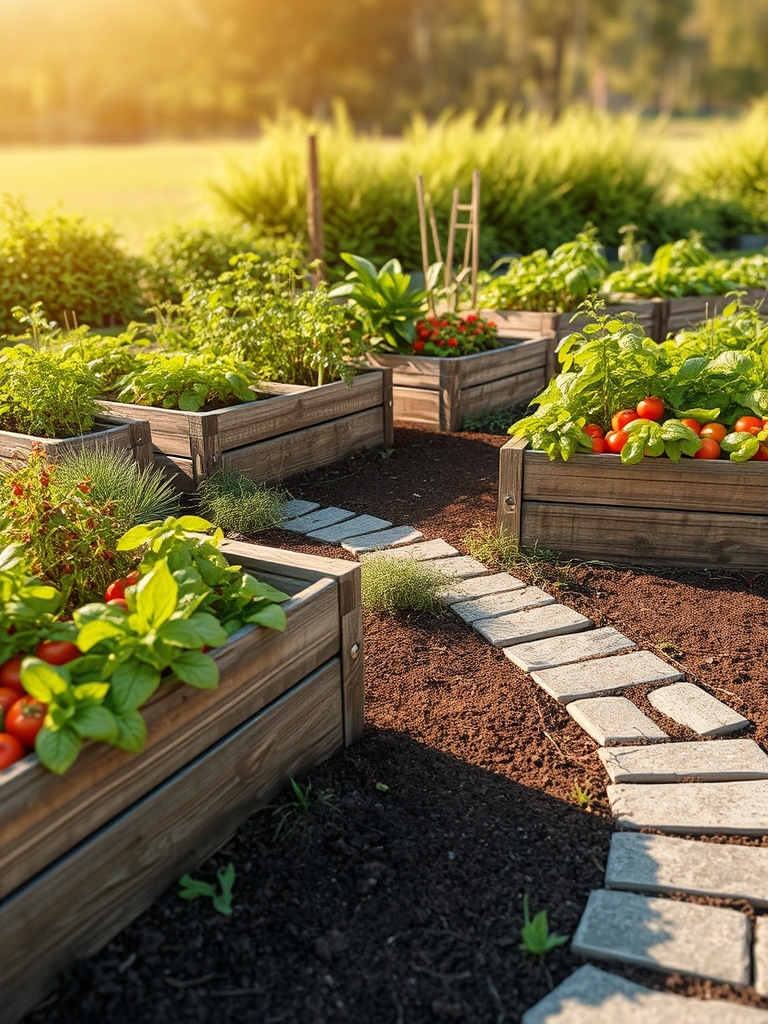
Raised bed garden design offers numerous benefits, including improved drainage and soil quality. It allows for better root growth and increased yields. Elevated beds also reduce back strain and make gardening more accessible. A well-planned raised bed design can add visual appeal to your garden, creating a beautiful and functional outdoor space. It can be customized to fit any size or shape garden.
Vertical Gardening Ideas
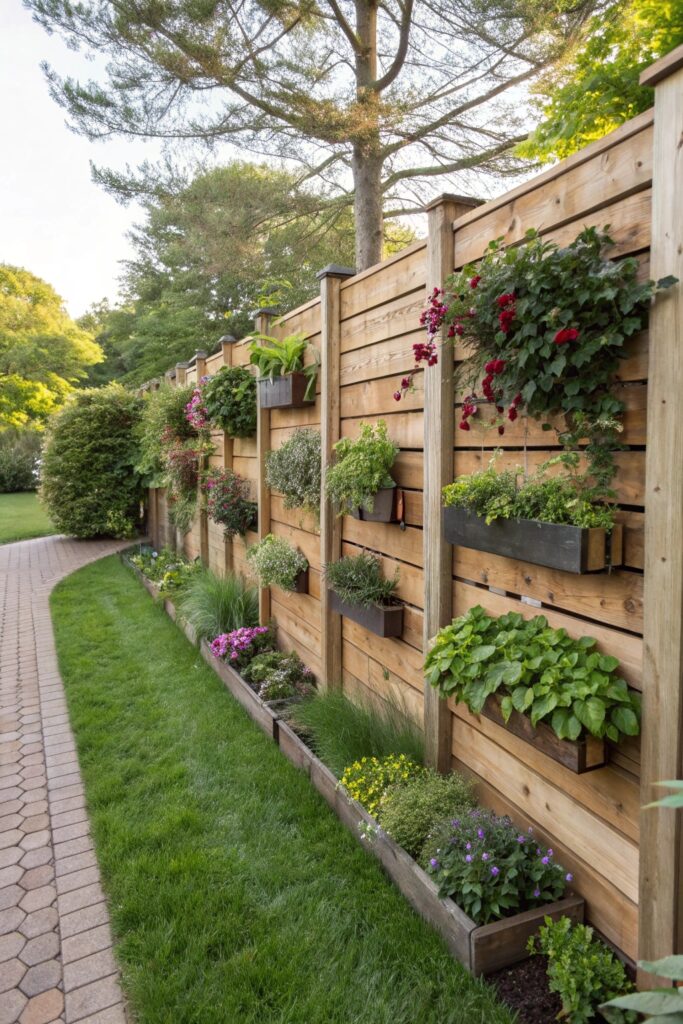
Maximize space with vertical gardening ideas, using trellises, arbors, or wall-mounted planters to train vines and climbing plants upwards. This technique is ideal for small gardens, allowing for multiple layers of growth and adding visual interest to blank walls or fences, while also increasing yield and minimizing footprint.
Crop Rotation Planning
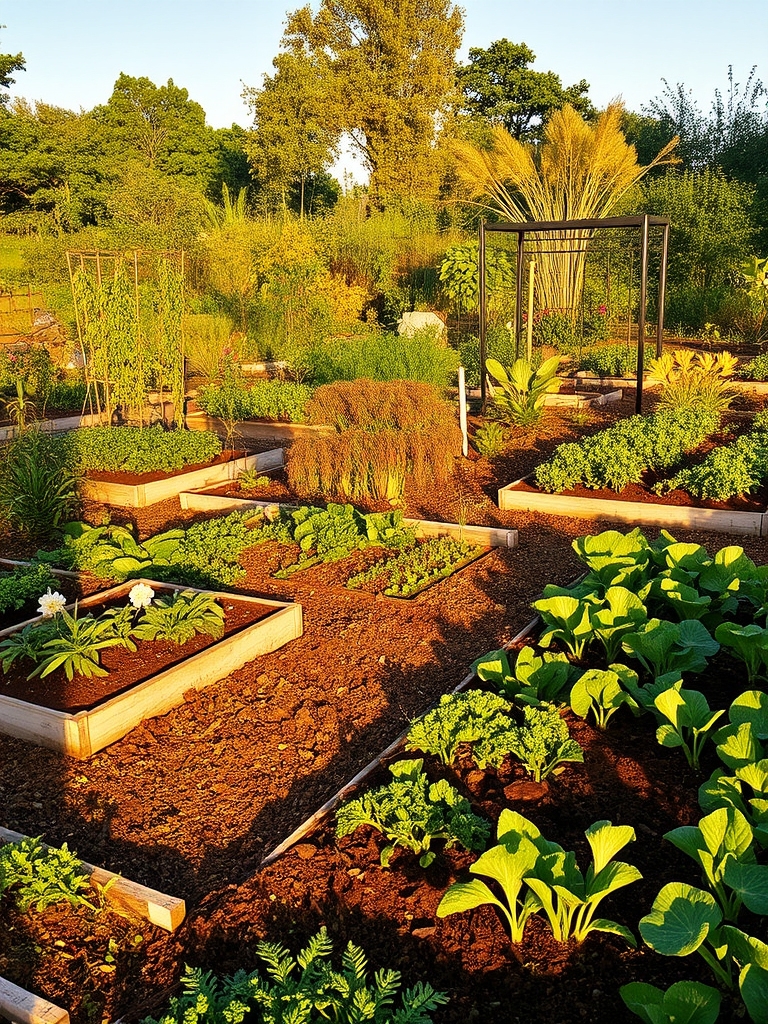
Crop rotation planning involves strategically changing the location of plants to optimize soil health and reduce pests. This technique promotes nutrient cycling, prevents soil-borne diseases, and increases crop yields. By rotating crops, gardeners can create a balanced ecosystem, reducing the need for fertilizers and pesticides, and ensuring a thriving and diverse garden. Regular rotation also improves soil structure.
Spiral Garden Design

A spiral garden design features a winding path that spirals outward from a central point, creating a visually appealing and space-efficient layout. This design allows for easy access to all plants and can be adapted to various garden sizes and shapes, making it ideal for small or irregularly shaped spaces.
Polyculture Garden Layout
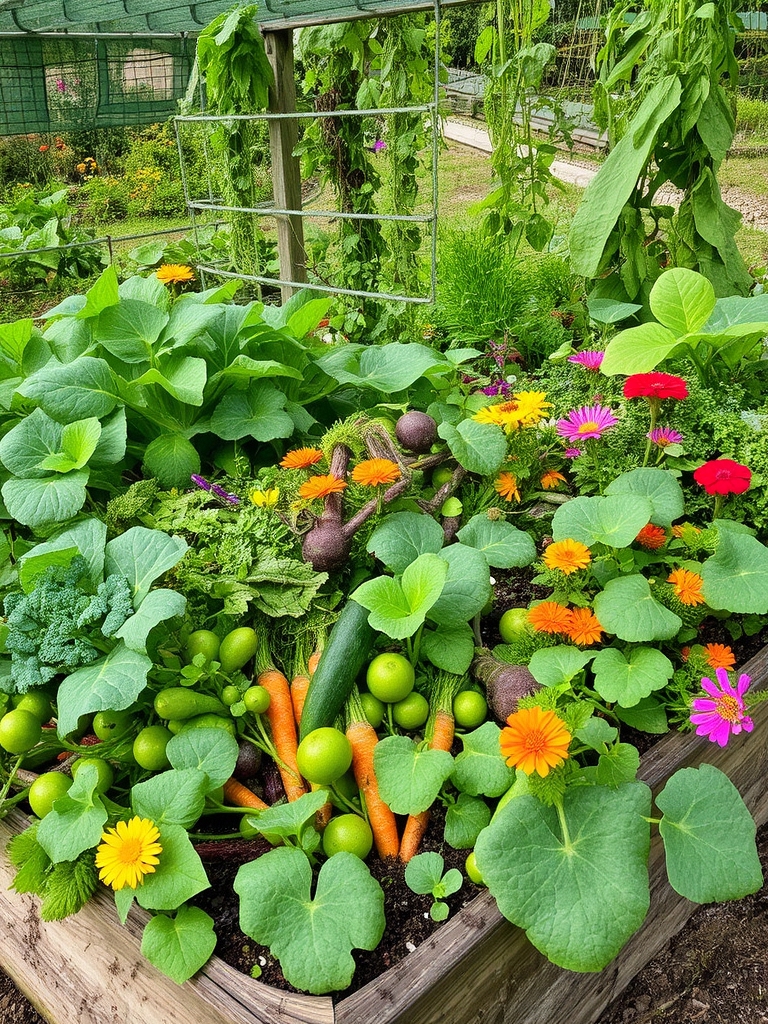
A polyculture garden layout involves growing multiple plants together to promote biodiversity and efficient use of space. This approach mimics natural ecosystems, where plants, herbs, and flowers coexist and benefit from each other’s growth. By Companion planting, gardeners can improve soil health, reduce pests, and increase crop yields in a smaller area.
Permaculture Garden Design
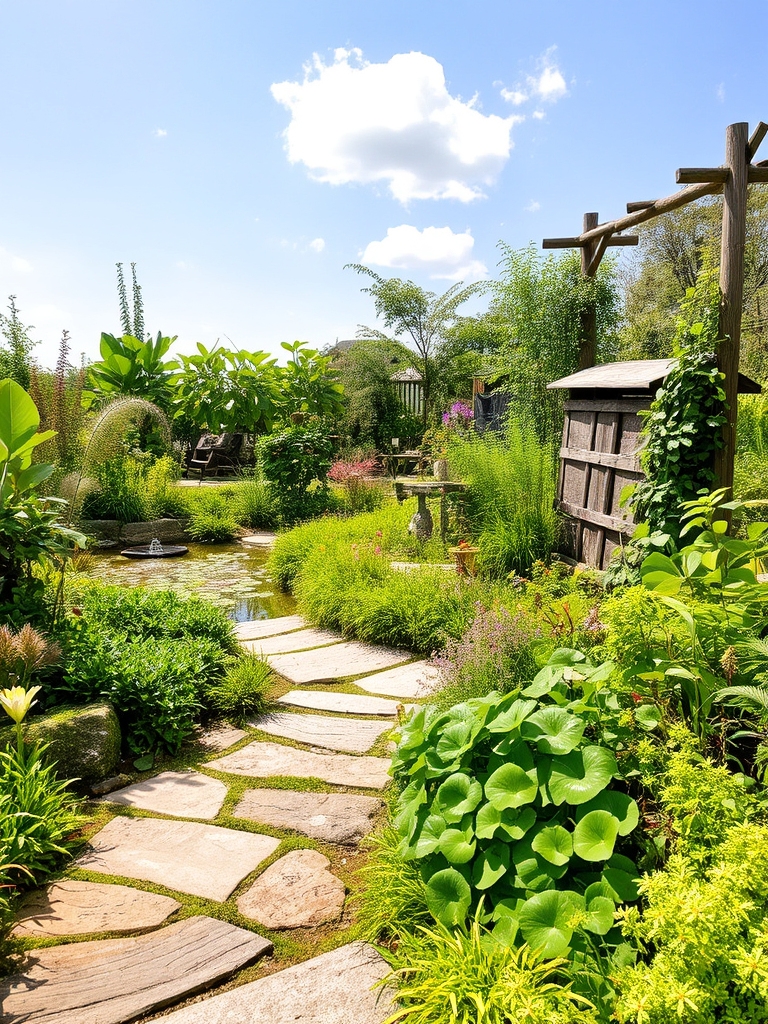
Permaculture garden design focuses on creating a self-sustaining ecosystem, mimicking nature’s patterns. It incorporates Companion Planting, where plants benefit from each other, and efficient water use. This approach promotes biodiversity, reduces waste, and minimizes maintenance, resulting in a thriving and productive garden that works in harmony with the environment.ONGLONG
Container Garden Ideas
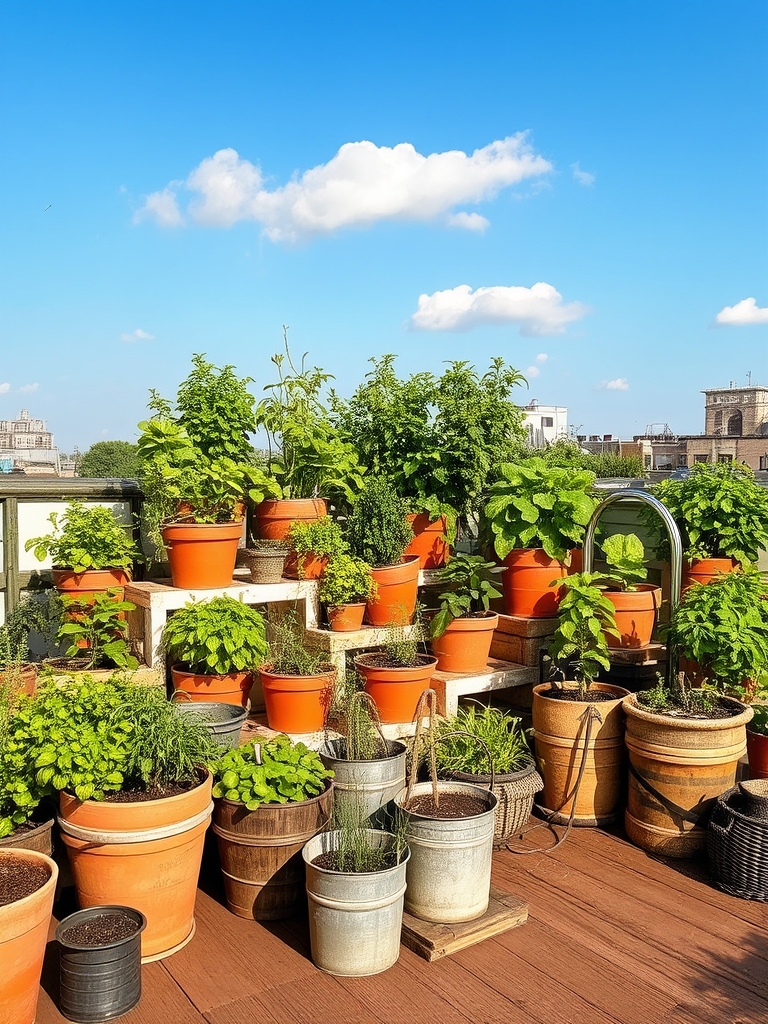
Container garden ideas offer flexibility and versatility, allowing you to grow plants in small spaces. Use pots, planters, and tubs to create a unique garden on balconies, patios, or rooftops. Choose a variety of containers and arrange them to add visual interest and texture to your outdoor space, making it perfect for herbs, succulents, and other small plants.
Trellis Garden Layout
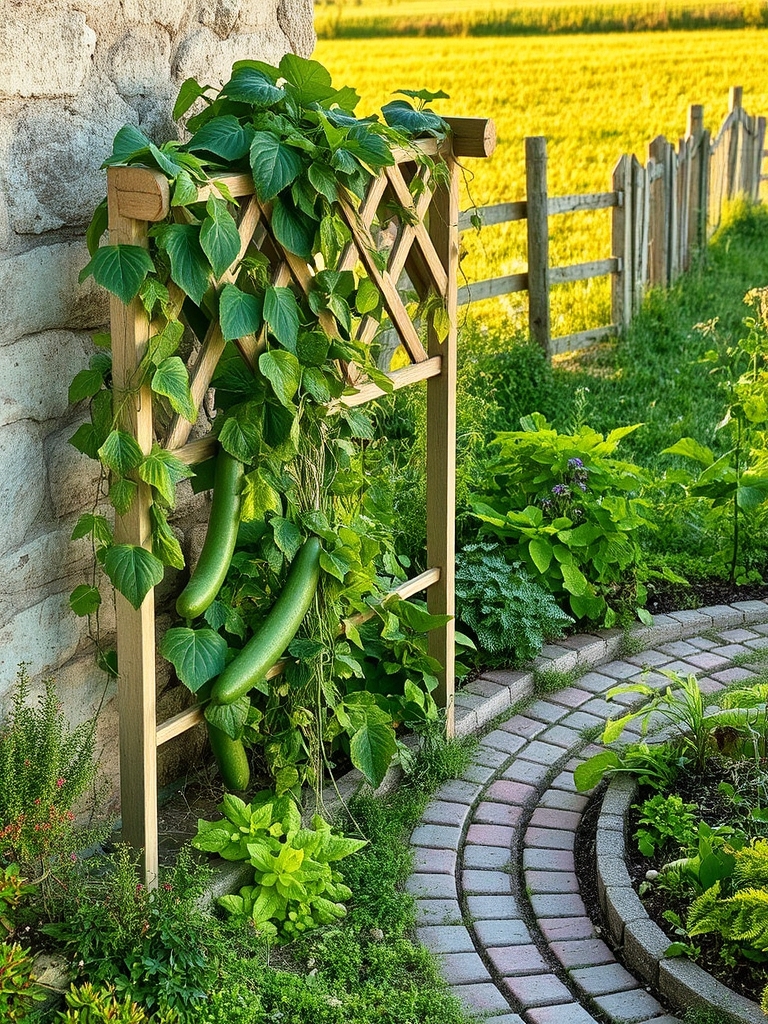
A trellis garden layout incorporates vertical elements, providing support for climbing plants like vines and flowers. This design maximizes space, adding visual interest and texture to the garden. Trellises can be placed against walls or used as freestanding features, creating a sense of depth and dimension in the garden. They also help to define different areas within the garden.
Intercropping Garden Design
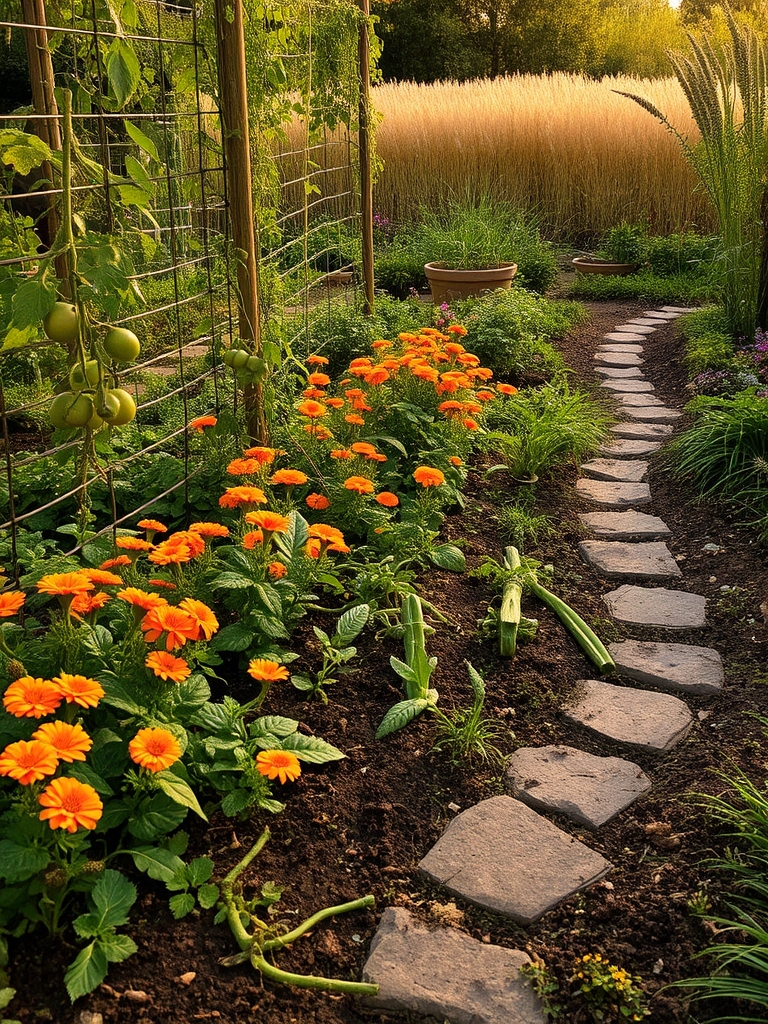
Intercropping garden design involves growing multiple plants together to enhance growth, reduce pests, and increase yields. This technique maximizes space and promotes biodiversity by pairing complementary plants, such as planting marigolds with tomatoes to deter nematodes or growing legumes with grains to fix nitrogen.
Biodynamic Garden Layout
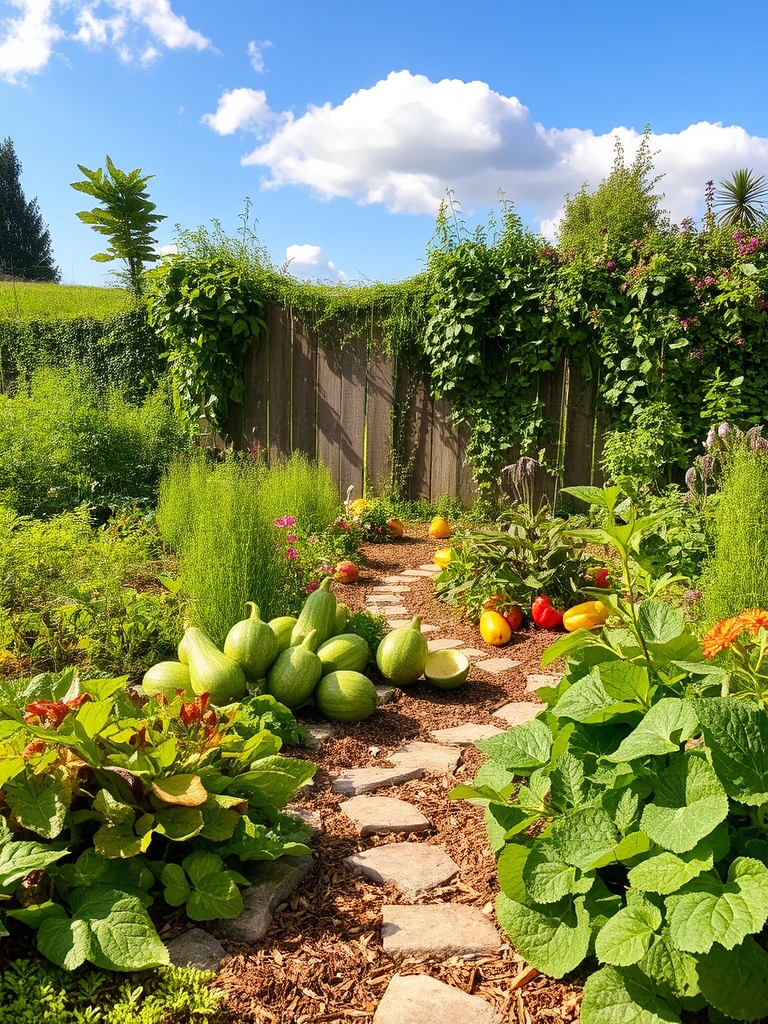
A biodynamic garden layout considers the spiritual and mystical relationships between plants, soil, and cosmos. It emphasizes biodiversity, companion planting, and lunar cycles to create a holistic ecosystem. This approach focuses on harmonizing the garden with nature, promoting healthy growth and minimizing external inputs, to foster a self-sustaining and resilient garden ecosystem.
Hydroponic Garden System
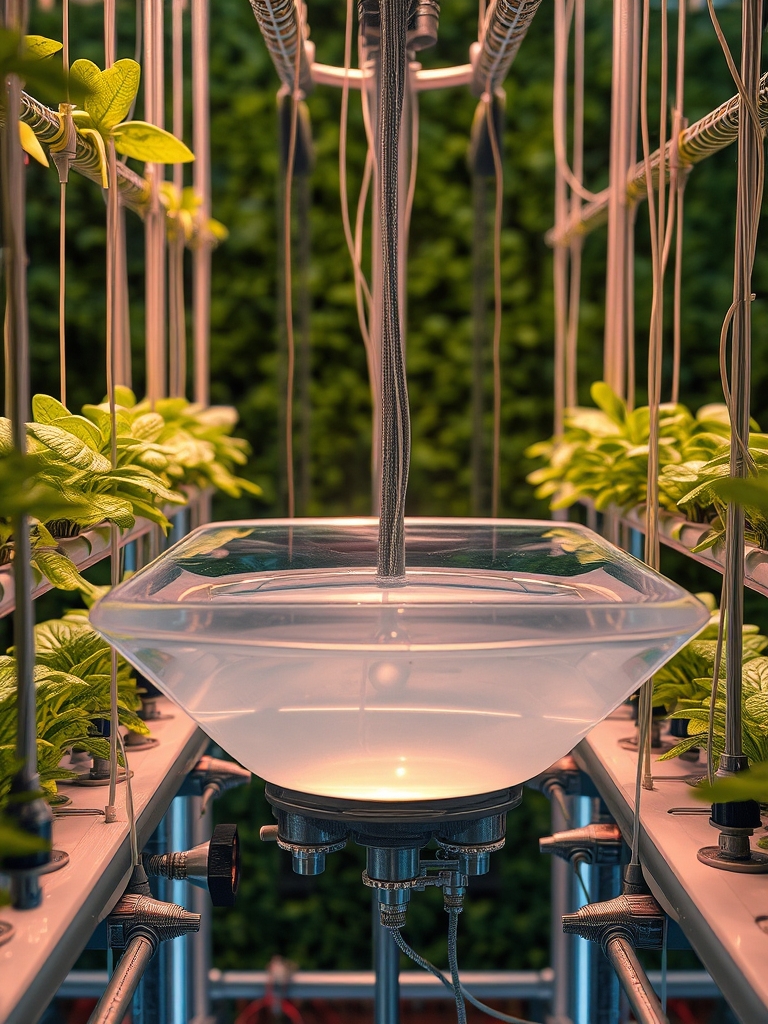
A hydroponic garden system involves growing plants in a nutrient-rich solution rather than soil, allowing for precise control over nutrient levels and water usage. This method promotes healthy plant growth, increases yields, and reduces waste, making it a space-efficient and sustainable option for indoor and outdoor gardens. It requires a water reservoir and pump system.
Conclusion
You’ll harvest a thriving garden, bursting with vibrant colors and fragrant scents, by implementing these smart layouts. Imagine strolling through your lush oasis, surrounded by diverse plants, as companion planting and crop rotation optimize space and yields, and vertical gardening stretches towards the sky, maximizing every inch of your garden’s potential.
